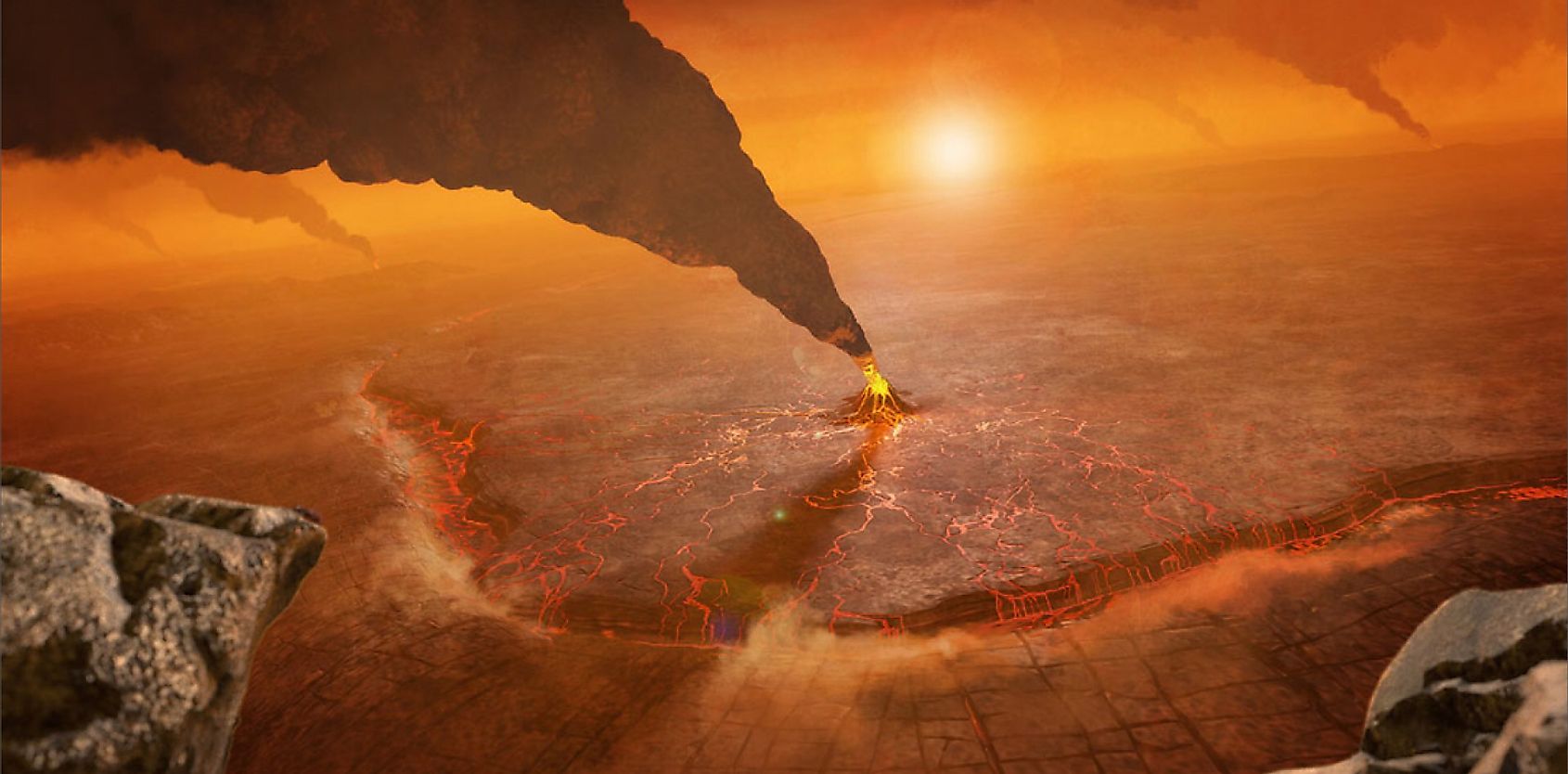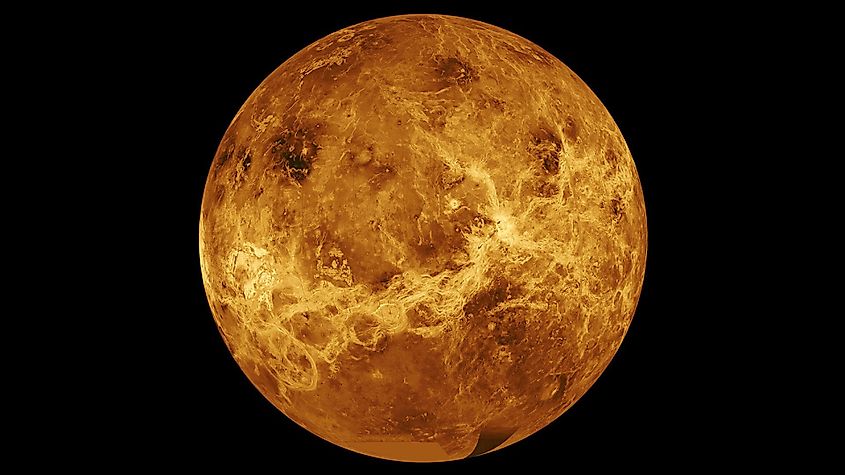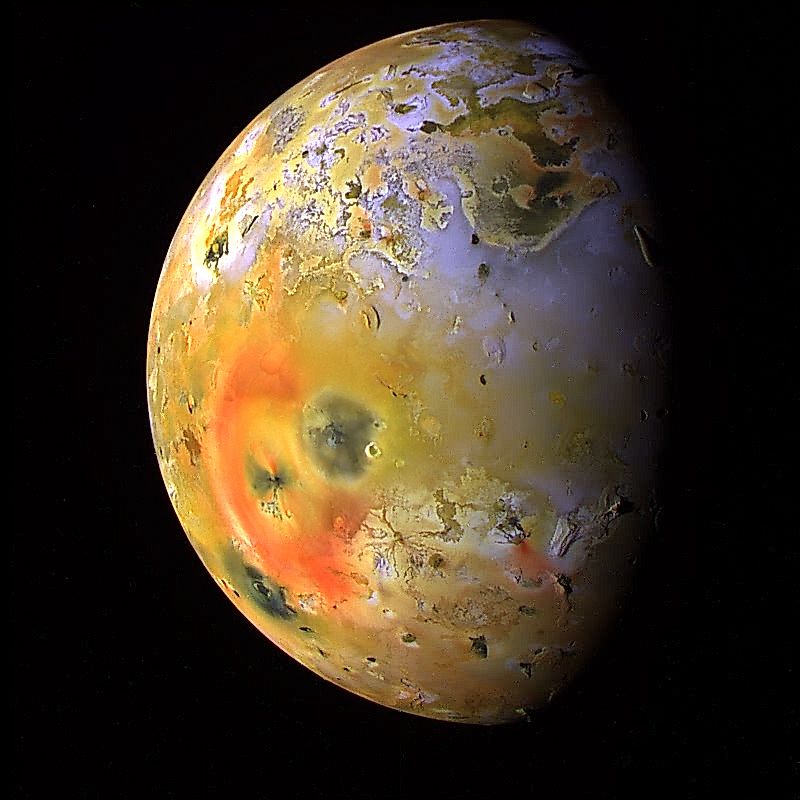
Which Planets And Moons Have Active Volcanoes?
Volcanic eruptions are a common occurrence on Earth, yet do they occur on other worlds in our solar system? For years, the Earth was the only known world that had active volcanoes on its surface. Although evidence of volcanic activity has been found on the moon and the other rocky planets, scientists had yet to find evidence of active volcanoes. That all changed during the Voyager 1 and Voyager 2 flybys of Jupiter in the late 1970s. When images of Jupiter’s innermost moon, Io, were sent back to Earth, scientists found clear evidence of volcanic eruptions on Io’s surface. Io became the first world other than Earth where active volcanoes were observed. In the following decades, scientists began finding active volcanoes on many other worlds.
The Inner Solar System

The Earth is the only planet in the inner solar system where volcanic eruptions have been observed. However, each of the rocky planets do have surfaces that have been shaped by volcanic activity. The surface of Mercury is covered in volcanic formations, suggesting that early in its history, Mercury did experience volcanic eruptions. Today, the core of Mercury has likely solidified, putting an end to any volcanic activity. Venus is an entirely different story. The entire surface of Venus is volcanic in origin, and data suggests that most of these volcanic features are less than 500 million years old. Venus is believed to be a geologically active world that still experiences volcanic eruptions, yet scientists have yet to confirm current volcanic activity. The reason why no volcanic eruptions have been observed on Venus may have to do with the fact that Venus experiences global volcanism, wherein the entire surface erupts every few hundred million years. We may simply have to wait awhile before any volcanoes erupt.
Mars is home to the largest volcanoes in the solar system, yet it remains unknown whether any of them are active. The core of Mars is believed to have solidified in the last billion years, and volcanic activity likely ceased as a result. There is evidence of minor volcanic activity on the surface in the last few hundred million years, yet it remains unknown whether any of Mars’s volcanoes will ever erupt again..
Volcanic Moons

One of the most stunning discoveries of our solar system in the last few decades has been the discovery of volcanically active moons. As it turns out, there are more volcanically active moons in the solar system than planets. This is rather interesting, since moons tend to lose their internal heat fairly quickly after they form. In order for a moon to be volcanically active, it must be receiving a continuous supply of energy from an external force. For all the volcanically active moons in our solar system, this energy comes from the gravitational tidal friction of their host planet. For example, as Io orbits Jupiter, the gravitational pull of Jupiter both stretches and compresses Io, generating friction within its core that moves outwards as heat energy. Interestingly, relative to its size, Io is the most volcanically active world in the solar system, being home to over 400 confirmed active volcanoes.
Along with Io, Jupiter is orbited by another volcanically active world called Europa. Like Io, Europa’s interior is heated by the gravitational pull of Jupiter. However, since Europa is composed almost entirely of ice, its volcanoes are not the type we are familiar with. Europa has what are called cryovolcanoes. Rather than spewing magma, the cryovolcanoes of Europa release water and ice. A nearly identical situation is unfolding on Saturn’s moon, Enceladus. Like Europa, Enceladus is composed mostly of ice, and it too is home to cryovolcanoes.
Orbiting Neptune is the furthest world known to have active volcanoes. Neptune’s largest moon, Triton, is home to a number of cryovolcanoes. However, unlike the volcanoes of Europa and Enceladus, the volcanoes of Triton mostly emit liquid nitrogen due to the extremely cold temperatures on its surface. Interestingly, these volcanic eruptions are caused by the fact that Triton orbits Neptune the wrong way. In other words, the direction of Triton’s orbit is opposite of Neptune’s rotation. This may not seem significant, yet it actually means that Triton is doomed. Neptune is slowly stealing Triton’s orbital energy, causing the moon to move closer to Neptune. Not only does this cause Triton to be geologically active, it also moons that, eventually, Triton will be ripped apart by Neptune’s gravity.











